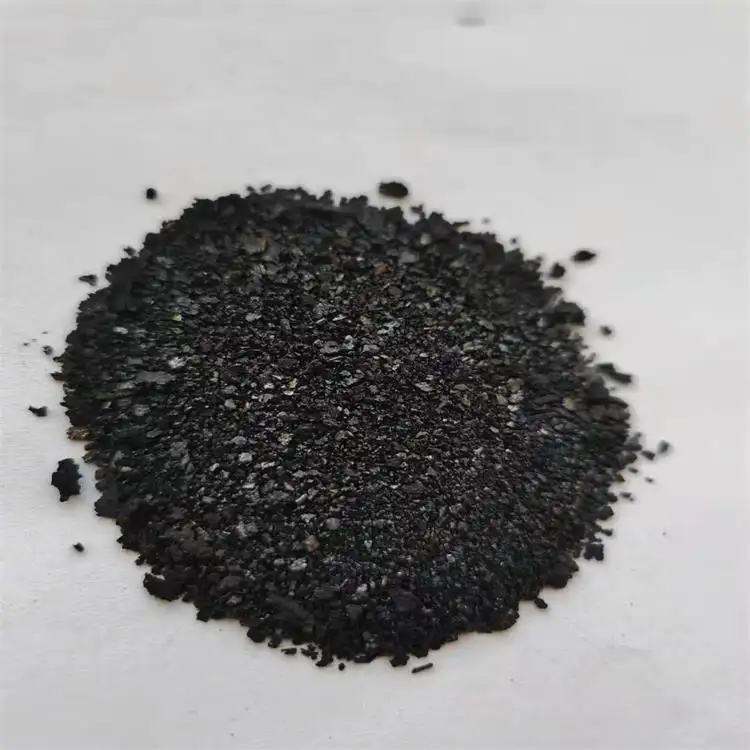Sulfur Dye Exporters and Their Impact on Global Textile Industry Trends
The Global Landscape of Sulfur Dye Exporters
Sulfur dyes, known for their vivid colors and excellent lightfastness, are widely used in the textile industry for dyeing cotton and other cellulose fibers. Their affordability and versatility have made them a popular choice among manufacturers. As global demand for these dyes increases, the role of sulfur dye exporters becomes ever more critical in the supply chains of various industries.
Understanding Sulfur Dyes
Sulfur dyes are unique in their chemical composition and application process. They are produced from sulfur compounds and are typically applied to fabrics through a reduction process, involving both heat and alkaline conditions. This method allows for a strong bond to form between the dye and the fiber, often resulting in a durable finish that can withstand washing and exposure to sunlight. As a result, sulfur dyes have become a staple in the textile industry, particularly in regions with a high concentration of cotton production.
Key Players in the Sulfur Dye Export Market
In the global market, several countries have emerged as key players in the export of sulfur dyes. China stands out as the leading exporter, leveraging its robust chemical manufacturing capabilities and extensive textile industry. With numerous factories dedicated to the production of sulfur dyes, China meets both domestic and international demand efficiently.
India is another significant exporter, with a history of textile production and dye manufacturing. Indian companies are increasingly focusing on sustainability, investing in eco-friendly production techniques and certifications, which appeal to environmentally conscious buyers in Western markets. Other notable exporters include countries like Turkey, Brazil, and Germany, each contributing to the diversity of sulfur dye offerings available worldwide.
Market Trends and Challenges
sulfur dye exporters

The sulfur dye export market is influenced by both trends and challenges. Rising environmental awareness has prompted many countries to impose stricter regulations on chemical manufacturing processes. Exporters are thus faced with the challenge of adhering to these regulations while maintaining competitiveness in pricing. In response, many companies are investing in research and development to create dyes that are not only effective but also environmentally friendly.
Additionally, the demand for sustainable and organic dyes is on the rise, driven by consumer preferences for environmentally responsible products. This trend is pushing sulfur dye exporters to innovate and adapt their offerings. Companies that can provide eco-friendly alternatives while retaining the desirable properties of sulfur dyes are likely to succeed in this evolving market.
The Future of Sulfur Dye Exports
Looking ahead, the future of sulfur dye exports seems promising but will require a keen awareness of global market dynamics. As the textile industry continues to evolve, so too must the strategies of sulfur dye exporters. Emphasizing sustainable practices, improving production methods, and engaging in transparent supply chains will be essential for maintaining market position.
Additionally, expanding into emerging markets presents significant opportunities for growth. As industrialization progresses in countries across Africa and Asia, the demand for textiles—and, consequently, for dye—will only increase. Exporters who can establish footholds in these regions and cater to local demand will likely capitalize on these growth trends.
Conclusion
In conclusion, sulfur dye exporters play a vital role in the global textile market, responding to both traditional needs and emerging trends. With the landscape continuously shifting due to environmental considerations, technological advancements, and changing consumer preferences, exporters must remain agile and innovative. By doing so, they can ensure their products not only meet current demands but also uphold a commitment to sustainability, thereby paving the way for enduring success in the international market.
-
The Timeless Art of Denim Indigo Dye
NewsJul.01,2025
-
The Rise of Sulfur Dyed Denim
NewsJul.01,2025
-
The Rich Revival of the Best Indigo Dye
NewsJul.01,2025
-
The Enduring Strength of Sulphur Black
NewsJul.01,2025
-
The Ancient Art of Chinese Indigo Dye
NewsJul.01,2025
-
Industry Power of Indigo
NewsJul.01,2025
-
Black Sulfur is Leading the Next Wave
NewsJul.01,2025

Sulphur Black
1.Name: sulphur black; Sulfur Black; Sulphur Black 1;
2.Structure formula:
3.Molecule formula: C6H4N2O5
4.CAS No.: 1326-82-5
5.HS code: 32041911
6.Product specification:Appearance:black phosphorus flakes; black liquid

Bromo Indigo; Vat Bromo-Indigo; C.I.Vat Blue 5
1.Name: Bromo indigo; Vat bromo-indigo; C.I.Vat blue 5;
2.Structure formula:
3.Molecule formula: C16H6Br4N2O2
4.CAS No.: 2475-31-2
5.HS code: 3204151000 6.Major usage and instruction: Be mainly used to dye cotton fabrics.

Indigo Blue Vat Blue
1.Name: indigo blue,vat blue 1,
2.Structure formula:
3.Molecule formula: C16H10N2O2
4.. CAS No.: 482-89-3
5.Molecule weight: 262.62
6.HS code: 3204151000
7.Major usage and instruction: Be mainly used to dye cotton fabrics.

